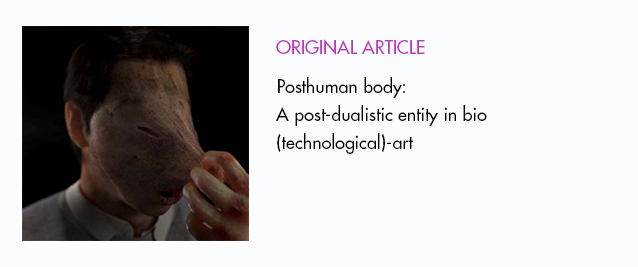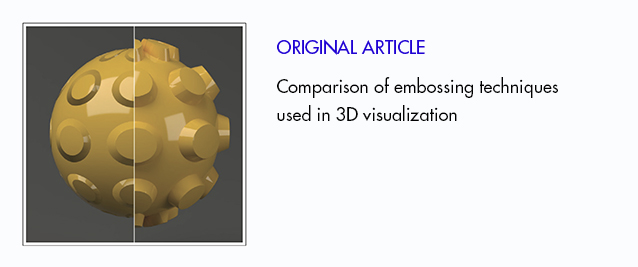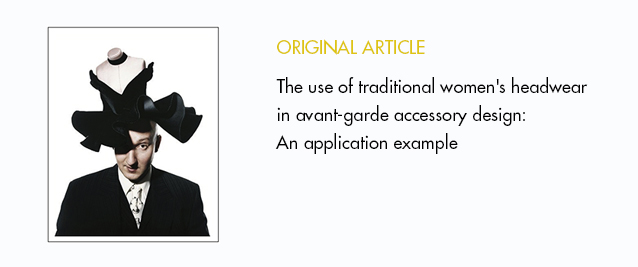Abstract
The subject of this research is the philosophical sources of the idea of “objectivity” that dom-inated the discourse of early photography and maintained this dominance for a long time. The history of photography criticism began with the first photograph taken in 1826, and early photography criticism affirmed photography’s capacity to be an “objective” medium. Pioneer-ing figures such as Joseph Nicéphore Niépce, Louis Daguerre and Henry Fox Talbot produced the first theories about the photographic medium’s distinct relationship with the world of phenomena and its capacity for “objectivity”. The early realist discourse, constructed by pioneering figures with metaphors such as “mirror of truth”, “pencil of nature” and “writing of light”, is based on the assumption that photography is an “objective” medium. This discourse is based on the assumption that nature, an objective field of reality independent of the mind, can be represented accurately and objectively by the viewing subject. The concept of “objective”, which refers to things that exist independently of the mind, is undoubtedly a subject of philos-ophy. Therefore, an investigation into the sources of the idea of “objectivity” in photography requires an acquaintance with developments in the history of philosophy, in other words, a philosophical inquiry. The idea of “objectivity” attributed to photography, which has dominat-ed the discourse of photography criticism for a long time, is rooted in a series of intellectual developments and epistemological breaks in the history of philosophy. Therefore, the aim of this research is to understand and explore the philosophical sources of the idea of “objectivity” attributed to photography. In order to achieve this aim, historical research method, one of the qualitative research methods, was used. The main finding of the research is that the idea of “objectivity” is a result of the change in the ontological status of the object with the transition from classical Western thought to modern Western thought. The origin of the idea of “objec-tivity” is based on the assumption that the object acquires the quality of a reality independent of the mind and that the subject can construct knowledge of this reality that is external to itself. In classical thought, nature, which was not considered as an object of study due to the influence of conceptual realism, attains the status of real existence with nominalism, and at the same time stands out as a new field in which the modern subject can obtain all its secrets in an objective manner.
Bu araştırmanın konusu, erken dönem fotoğraf söylemine hâkim olan ve uzun bir süre bu hâkimiyetini sürdüren “nesnellik” düşüncesinin felsefi kaynaklarıdır. Fotoğraf eleştirisinin tarihi 1826 yılında çekilen ilk fotoğraf ile başlamış ve erken dönem fotoğraf eleştirisi fotoğ-rafın “nesnel” bir mecra olma yönündeki kapasitesini onaylamıştır. Joseph Nicéphore Niépce, Louis Daguerre ve Henry Fox Talbot gibi öncü figürler, fotoğrafik medyumun fenomenler dünyasıyla olan ayrıksı ilişkisine ve “nesnellik” yönündeki kapasitesine yönelik ilk teorileri üretirler. Öncü isimlerin “gerçeğin aynası”, “doğanın kalemi” ve “ışığın yazısı” gibi metaforlarla inşa ettikleri erken dönem gerçekçi söylem, fotoğrafın “nesnel” bir mecra olduğu kabulünden temellenir. Bu söylem, zihinden bağımsız nesnel bir gerçeklik alanı olan doğanın, görüntü-leyen özne tarafından doğru ve tarafsız bir biçimde temsil edilebileceği varsayımına dayanır. Zihinden bağımsız olarak var olan şeylere göndermede bulunan “nesnel” kavramı, kuşkusuz felsefenin bir konusudur. Dolayısıyla, fotoğrafta “nesnellik” düşüncesinin kaynaklarına yöne-lik bir araştırma, felsefe tarihindeki gelişmeleri tanımayı, diğer bir deyişle felsefi bir soruştur-mayı gerekli kılar. Fotoğrafa atfedilen ve uzunca bir süre fotoğraf eleştirisi söylemine egemen olan “nesnellik” düşüncesinin arka planında felsefe tarihinin geçirmiş olduğu bir dizi düşünsel gelişmeler ve epistemolojik kırılmalar vardır. Bu nedenle, bu araştırmanın amacı, fotoğrafa atfedilen “nesnellik” düşüncesinin felsefi kaynaklarını anlamak ve keşfetmektir. Bu amacı ger-çekleştirebilmek için nitel araştırma yöntemlerinden biri olan tarihsel araştırma yöntemi kul-lanılmıştır. Araştırmanın temel bulgusu, “nesnellik” düşüncesinin, klasik Batı düşüncesinden modern Batı düşüncesine geçişle birlikte, nesnenin ontolojik statüsünde yaşanan değişimin bir sonucu olduğudur. “Nesnellik” düşüncesinin kökeni, nesnenin zihinden bağımsız bir ger-çeklik niteliği kazanmasına ve öznenin kendine dışsal olan bu gerçekliğin bilgisini kurabilece-ği varsayımına dayanır. Klasik düşüncede, kavram realizminin etkisiyle bir inceleme nesnesi olarak düşünülmeyen doğa, nominalizm ile gerçek varlık statüsüne erişirken, aynı zamanda modern öznenin tüm sırlarını nesnel bir biçimde ele geçireceği yeni bir alan olarak öne çıkar.

















